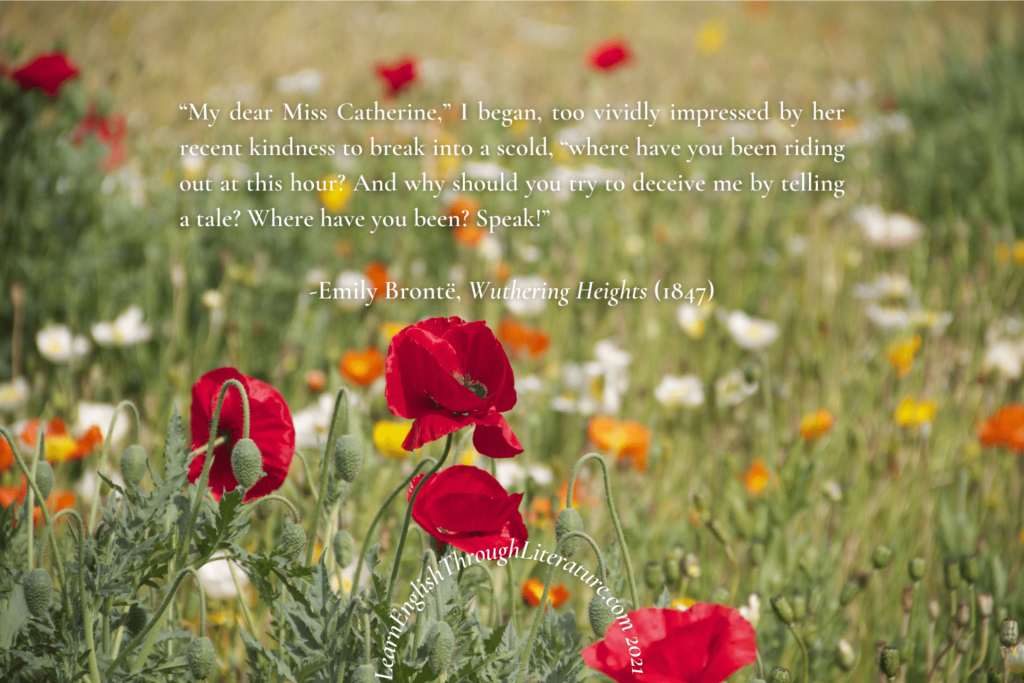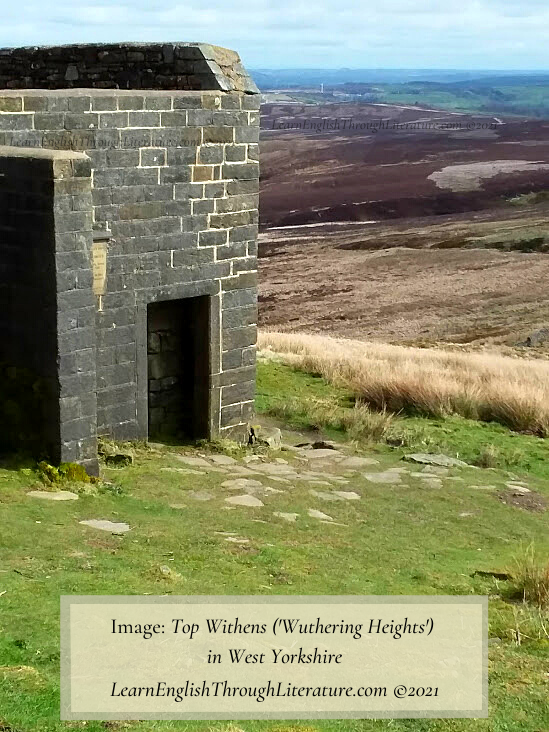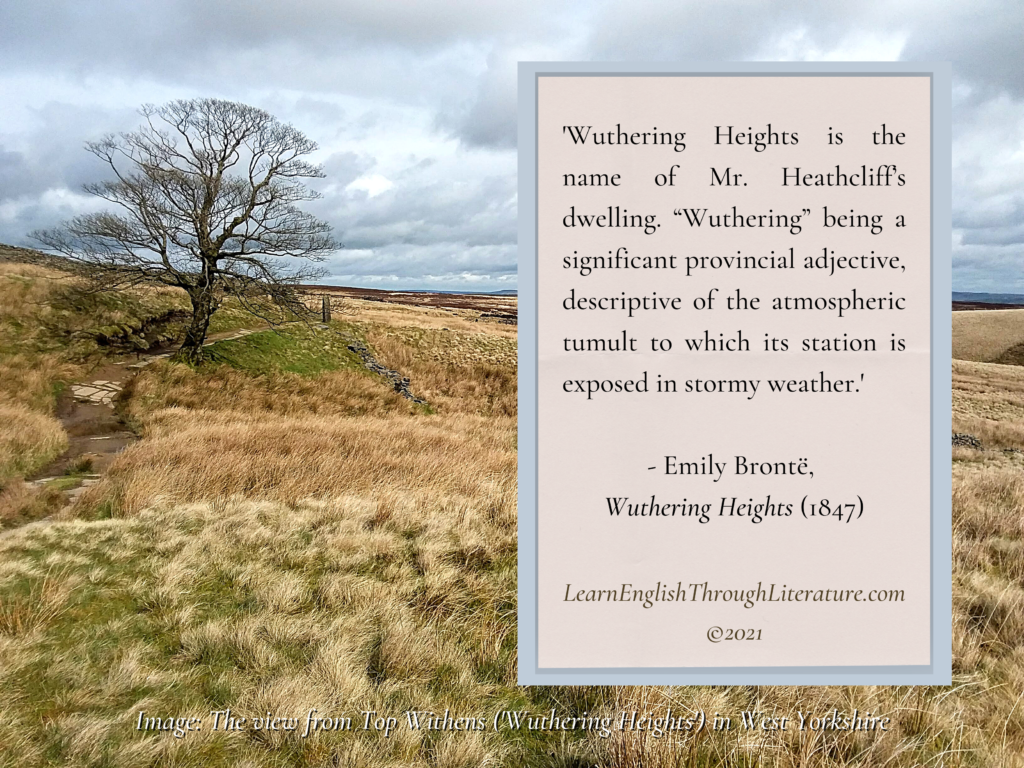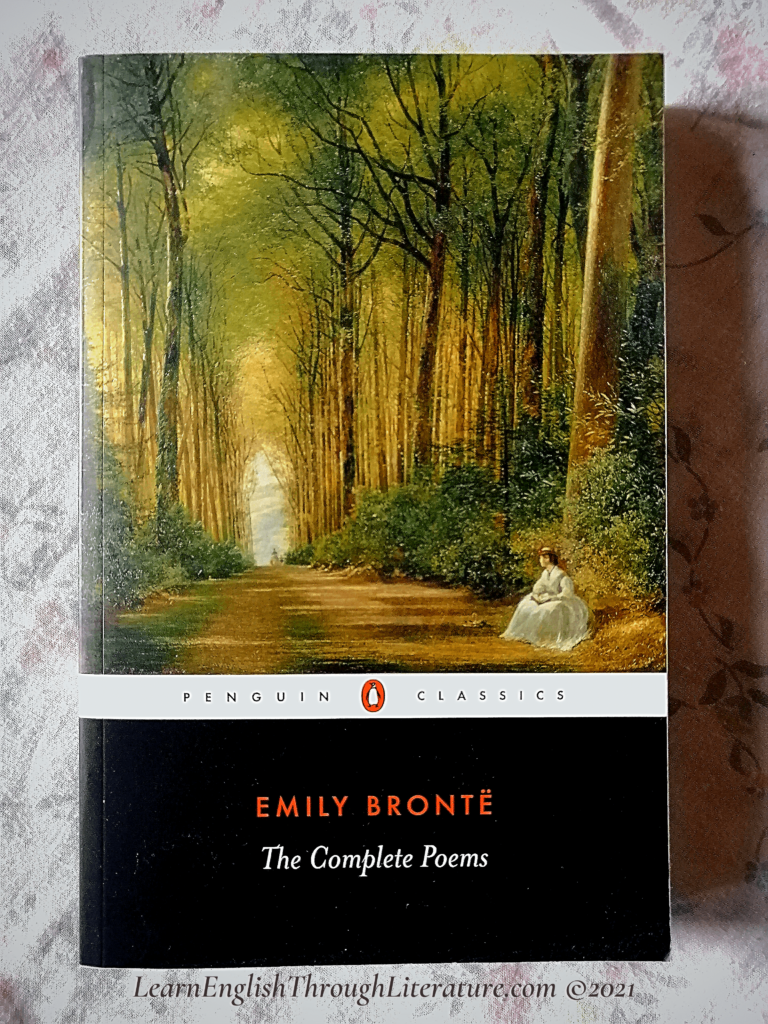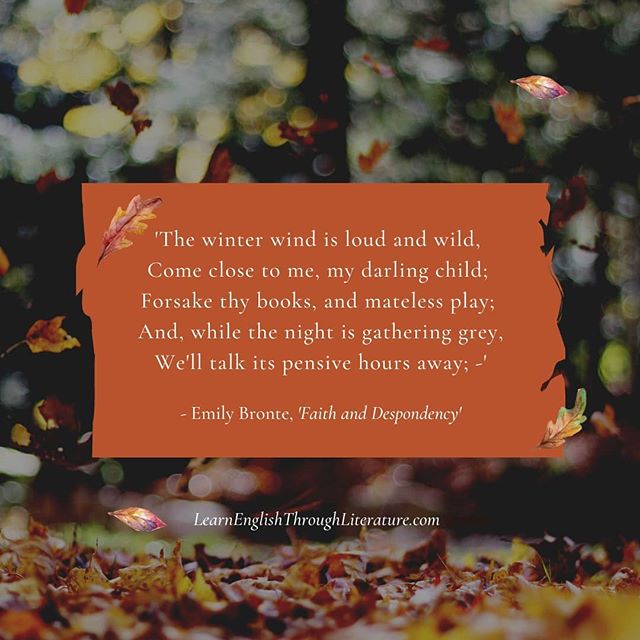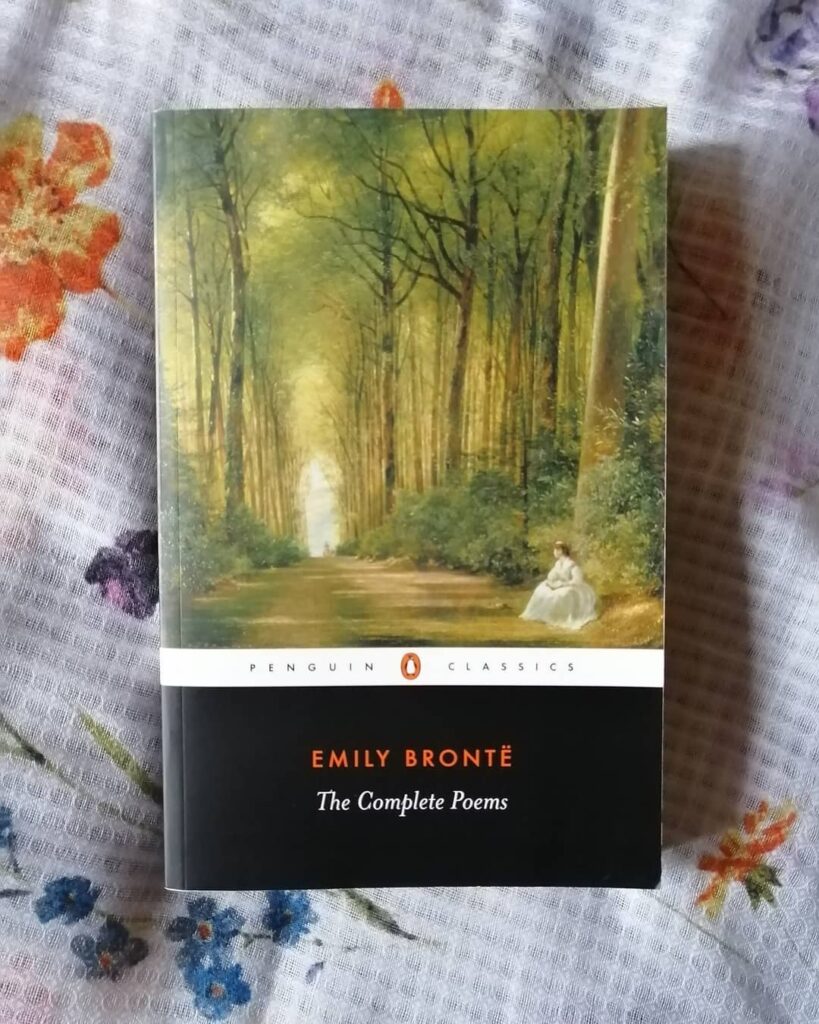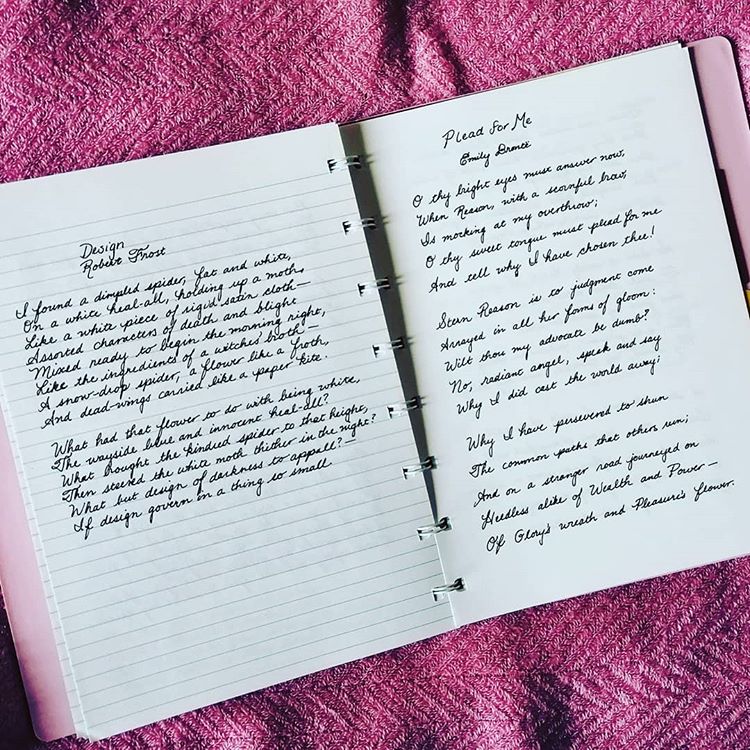Lesson #236: Three Ways To Use ‘Been’, The Past Participle Of ‘To Be’
📙 “My dear Miss Catherine,” I began, too vividly impressed by her recent kindness to break into a scold, “where have you been riding out at this hour? And why should you try to deceive me by telling a tale? Where have you been? Speak!” – Emily Brontë, Wuthering Heights (1847) … You may remember […]
Lesson #236: Three Ways To Use ‘Been’, The Past Participle Of ‘To Be’ Read More »

